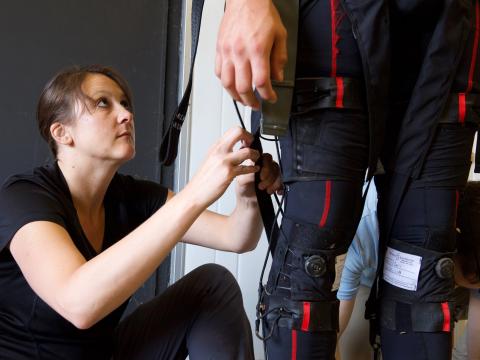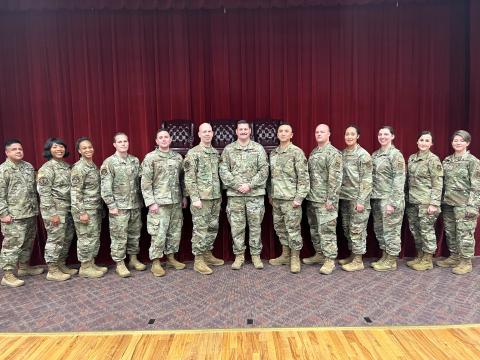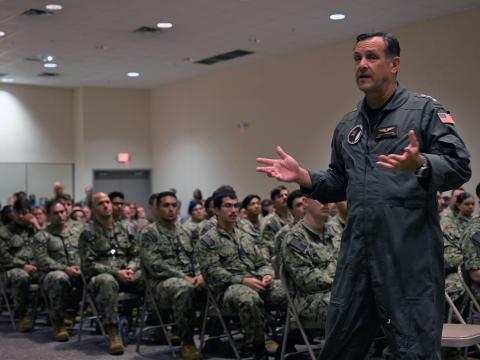Army Innovation on the Edge
Lt. Gen. Jeffrey A. Sorenson, USA, chief information officer (CIO)/G-6 policy, and Maj. Gen. Nickolas Justice, USA, program executive officer, Command, Control and Communications-Tactical (PEO C3T), had a lot to say about innovation in the U.S. Army at the Gov 2.0 Summit last week.
Panel moderator Dr. Linton Wells, Transformation Chair and distinguished research professor at National Defense University, asked them why pursue innovation on the edge. Gen. Sorenson took the opportunity to explain challenges faced by the military in today's enviroment. "If you look at warfare today, it has dramatically changed from when your father or grandfather fought it," he said. "We have to function in environments that are asymmetrical, where the enemy is not in uniform and may be in front, behind, around you." He made a distinction between strategic operations and tactical operations but noted that the two are no longer separate. "You now have tactical forces doing strategic operations," he explained. "They have to have the best situational awareness at that front edge. The only way to do that is to make sure that data [they need to complete the mission] is available accessible and accurate."
Gen. Justice had a different perspective on why innovation matters most on the front line. "It's all about money," he said. "If I can get my warfighters to solve my problems for me, then I don't have to go back to the Pentagon to ask for the money to address these capabilities."
Gen. Sorenson said that in his experience, he'd run across soldiers with intuitions or experience to discern what was needed. When that happens, he continued, "You get some magic." He is always astonished to find that warfighters are "using systems in ways that were never imagined when we wrote the requirements for it."
The generals acknowledged that security remains the stumbling block. "We have to ensure that soldiers can trust their network and that the information they are getting is verifiable," said Gen. Sorenson. Warfighters must be able to trust in the information they get before they can engage, especially if hackers can tap in and change coordinates or instructions.
But, he added, AFRICOM sets a good example. Africa is not networked like Europe, Iraq, etc. "Social networking sites are a way to get messages out from an operational standpoint."
And these platforms are changing the way military branches recruit. Facebook and Twitter in particular help potential recruits see that the Army is relevant as more people tell their stories using these media. Gen. Justice mentioned that chat rooms and other tools enabled by Army Knowledge Online (AKO) are popular as well.
In the meantime, Gen. Sorenson said, the Army is working together with the Office of the Secretary of Defense to put together a policy for the Defense Department that will establish how social networks will be used.



